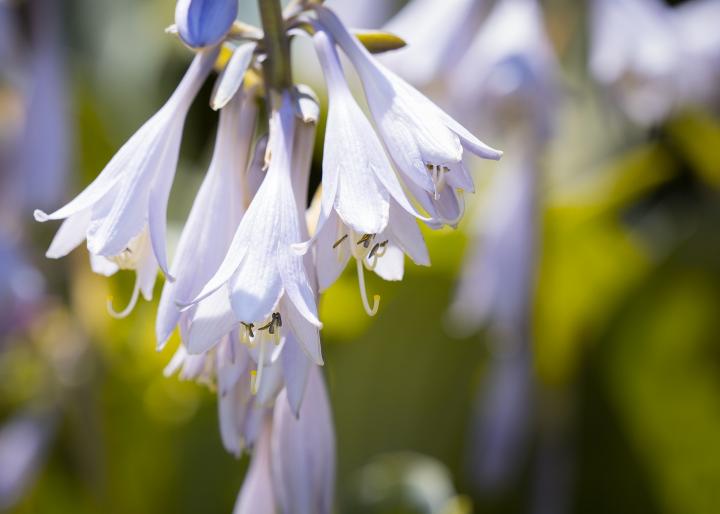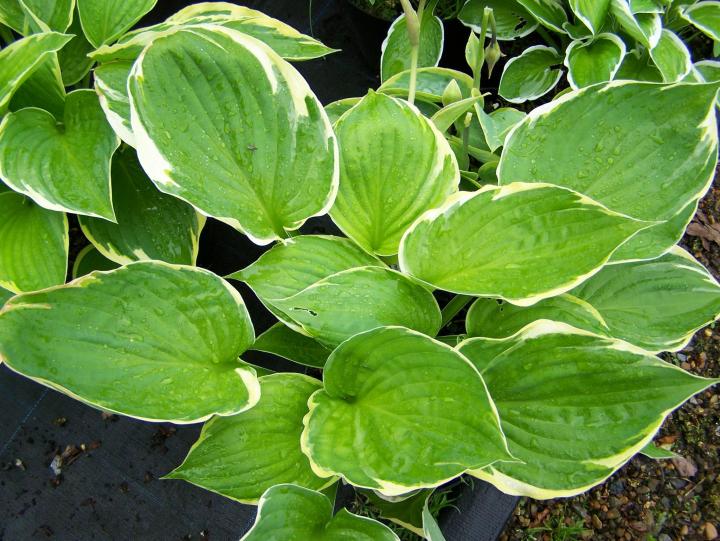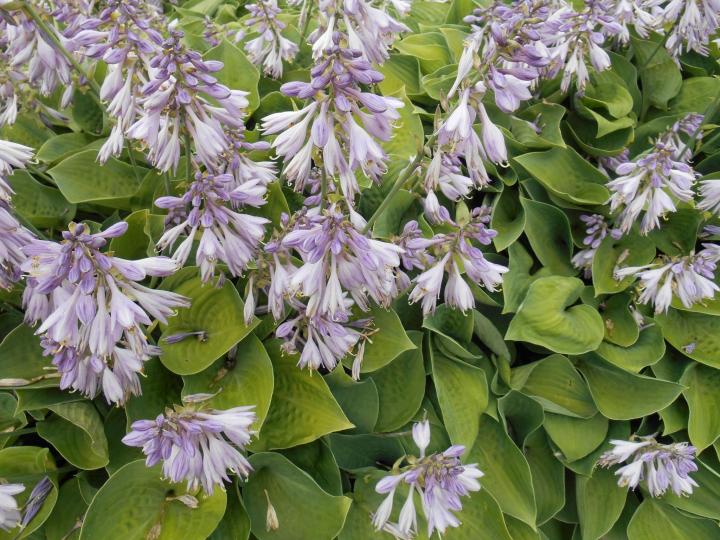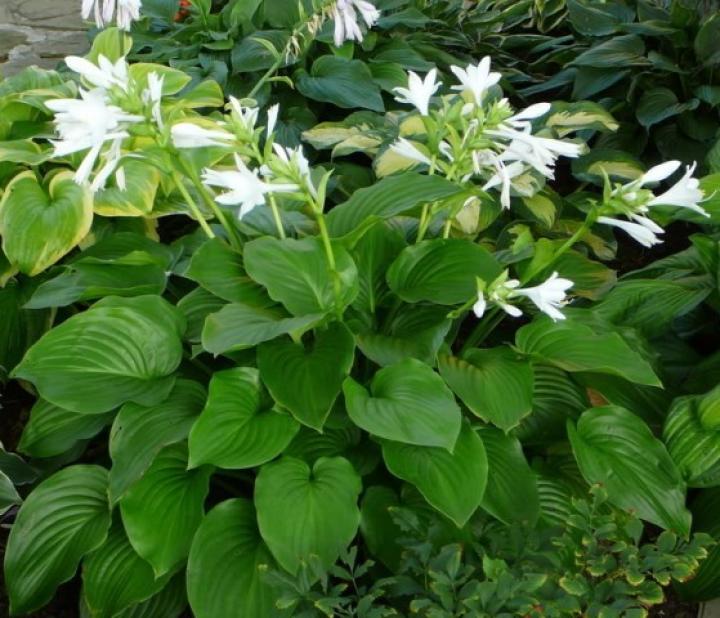
How to Plant, Grow, and Care for Hostas
ADVERTISEMENT
Thank you. This article was very helpful.
Contact : Americanhostasociety.org
They know best. Great website. Ask them anything.
During the summer my large leaf hostas get leaf burn around the edges they are not in heavy sun on the north side of a building possibly get a little when the sun is fully overhead what should I do about the burn
Unless I missed it, you didn't state what to do about slugs. I have a bunch of hostas every year and every year they get eaten up by slugs. What is the remedy to stop slugs?
Thanks, Phil
Creep out at midnight and again at 1 am. Quietly make your way to the Hostas, avoid using a torch until the last minute lest the slugs run away. Collect the slugs in a large, wide-mouthed jar and screw the lid on carefully. store in a cool, dry place and do not feed.
After 24 Hrs the slugs may be deep-fried in batter and served on a bed of lettuce! For a special treat, offer the slugs to "Trick or treaters" during Halloween.













Comments